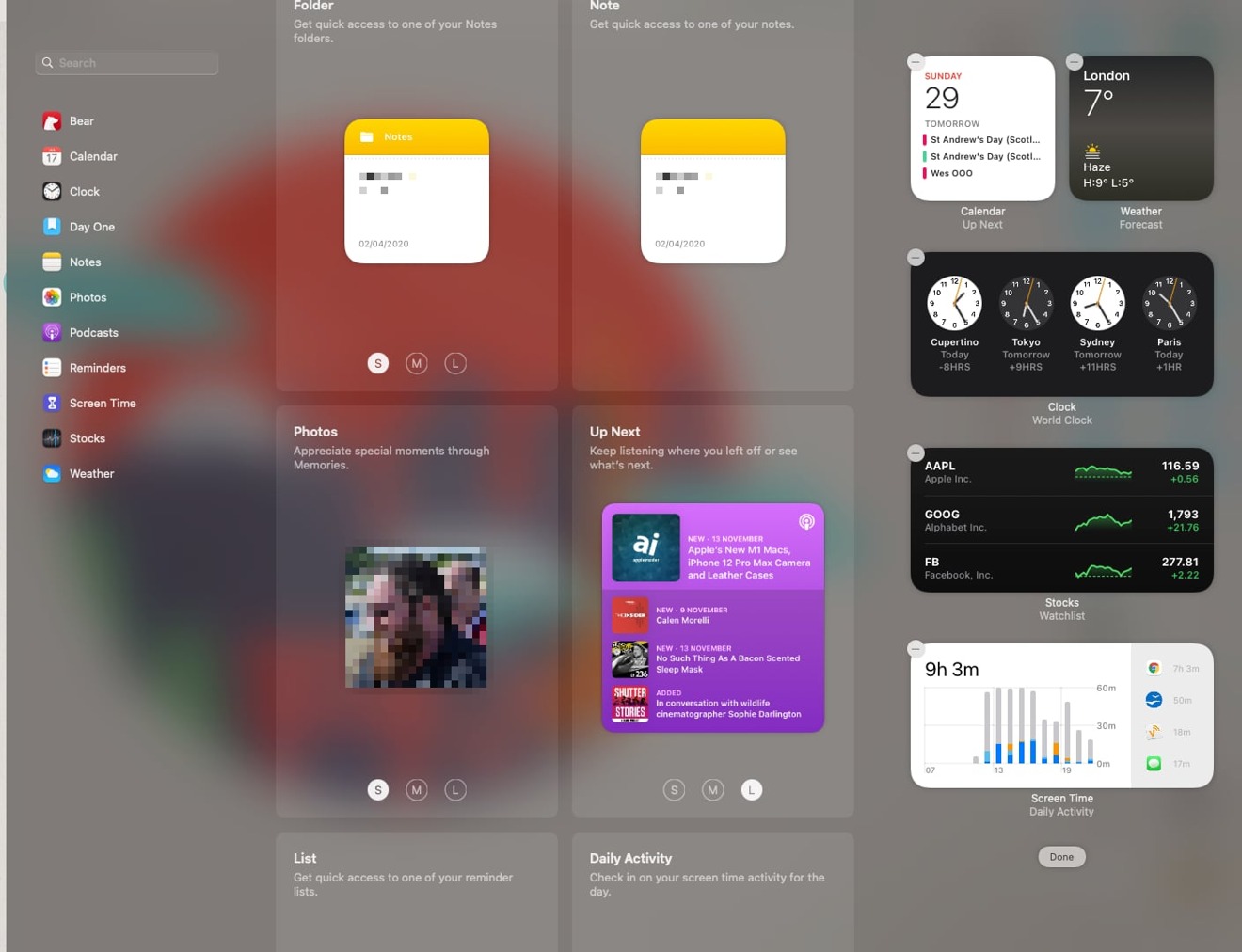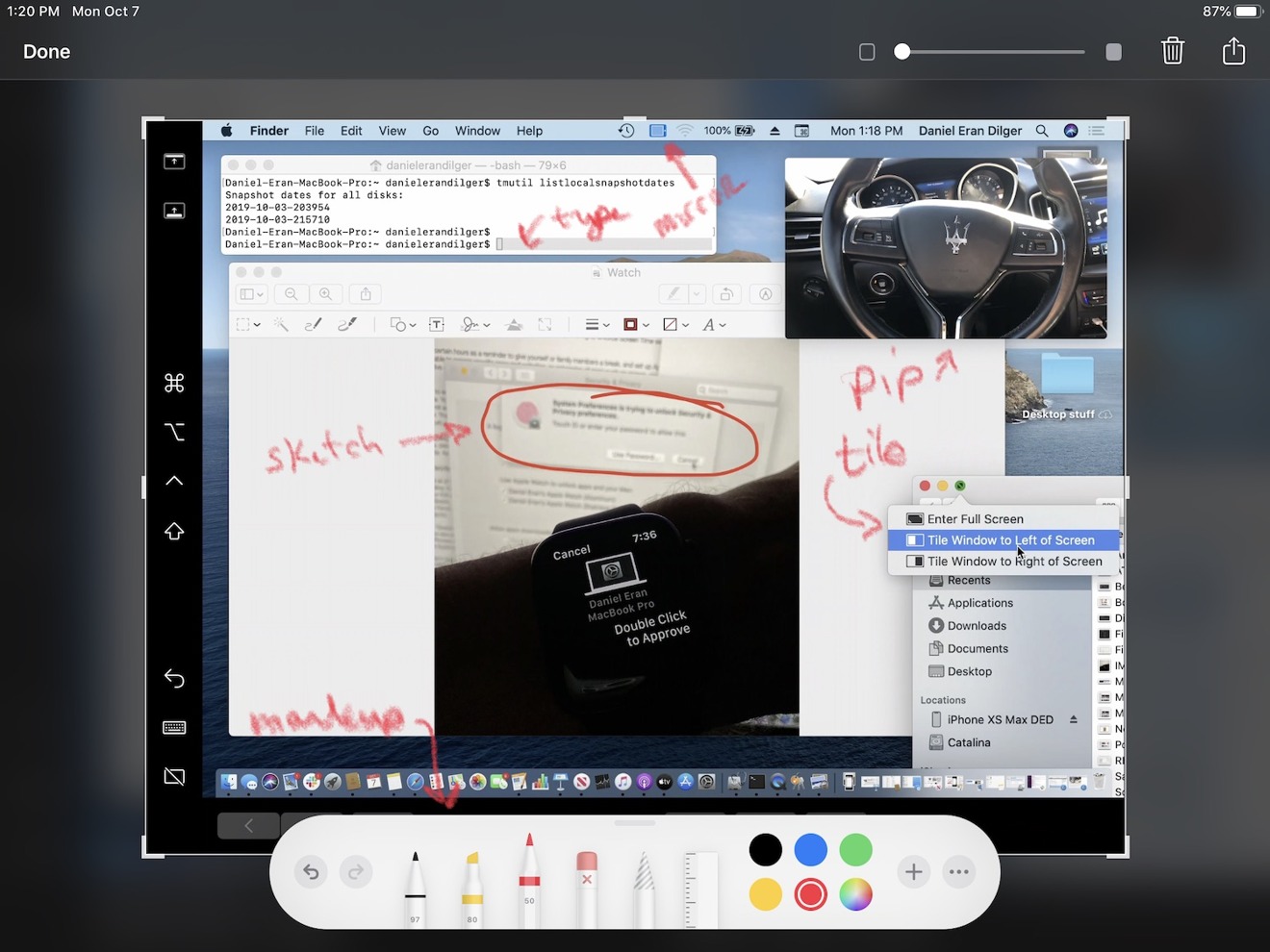
This document is a Mac OS X manual page. Manual pages are a command-line technology for providing documentation. You can view these manual pages locally using the man(1) command. These manual pages come from many different sources, and thus, have a variety of writing styles. This works: date -j -vJulm -v20d -v1999y '+%A' According to the OSX date manual page::-v Adjust (i.e., take the current date and display the result of the adjustment; not actually set the date) the second, minute, hour, month day, week day, month or year according to val.If val is preceded with a plus or minus sign, the date is adjusted forwards or backwards according to the remaining string. Explore the world of Mac. Check out MacBook Pro, MacBook Air, iMac, Mac mini, and more. Visit the Apple site to learn, buy, and get support. Apple plots Mac OS X ship date. SCOOP: Reports indicate that Apple's next-generation OS will arrive in late February, backed by a 'massive' marketing campaign.
Display or set date and time.
Displays the current date and time when invoked without arguments. Providing arguments will format the date and time in a user-defined way or set the date. Only the superuser can set the date.
An operand with a leading plus (`+') sign signals a user-defined format string which specifies the format in which to display the date and time.
The format string can contain any of the conversion specifications described in the strftime(3) manual page, as well as any arbitrary text. A newline character is always output after the characters specified by the format string.
Environment Variables
TZ The timezone to use when displaying dates. See environ(7) for more.
Files
/var/log/wtmp A record of date resets and time changes.
/var/log/messages A record of the user setting the time.
Examples
Output the date and time on two lines (%n separates):
$ date '+DATE: %m/%d/%y%nTIME: %H:%M:%S'
Set the date to 'June 13, 1985, 4:27 PM':
$ date 8506131627
Set the time to 2:32 PM, without modifying the date:
$ date 1432
Store the current date in a variable (in year-month-day format)
$ mydate=`date '+%Y-%m-%d';`
$ echo The date is: ${mydate};
Print the date as an ISO 8601 compliant date/time string:
$ date -u +'%Y-%m-%dT%H:%M:%SZ'
“Carpe Diem - Seize the day” - Horace
Related macOS commands:

timed(8)
cal - Display a calendar.
crontab - Schedule a command to run at a later time.
time - Measure Program Resource Use.
touch - Change file timestamps.
Some rights reserved
Date A Devil Mac Os Download
Use Software Update
- Choose System Preferences from the Apple menu , then click Software Update to check for updates.
- If any updates are available, click the Update Now button to install them. Or click “More info” to see details about each update and select specific updates to install. You might be asked to enter your administrator password.
- When Software Update says that your Mac is up to date, the installed version of macOS and all of its apps are also up to date. That includes Safari, Music, Photos, Books, Messages, Mail, Calendar, and FaceTime.
- To automatically install future updates, including for apps that you got from the App Store, select “Automatically keep my Mac up to date.” Your Mac will notify you when updates require it to restart, so you can always choose to install those later.
Update the software on your iPhone, iPad, or iPod touch
Learn how to update your iPhone, iPad, or iPod touch to the latest version of iOS or iPadOS.
Learn more
Date A Devil Mac Os 11
- Learn how to get updates for earlier versions of macOS that don't include Software Update preferences.
- You can also use the App Store to update apps or redownload apps that came from the App Store.
- Learn which macOS your Mac is using and how to upgrade to the latest macOS.
- When your Mac is connected to a Personal Hotspot, large updates don't download automatically.